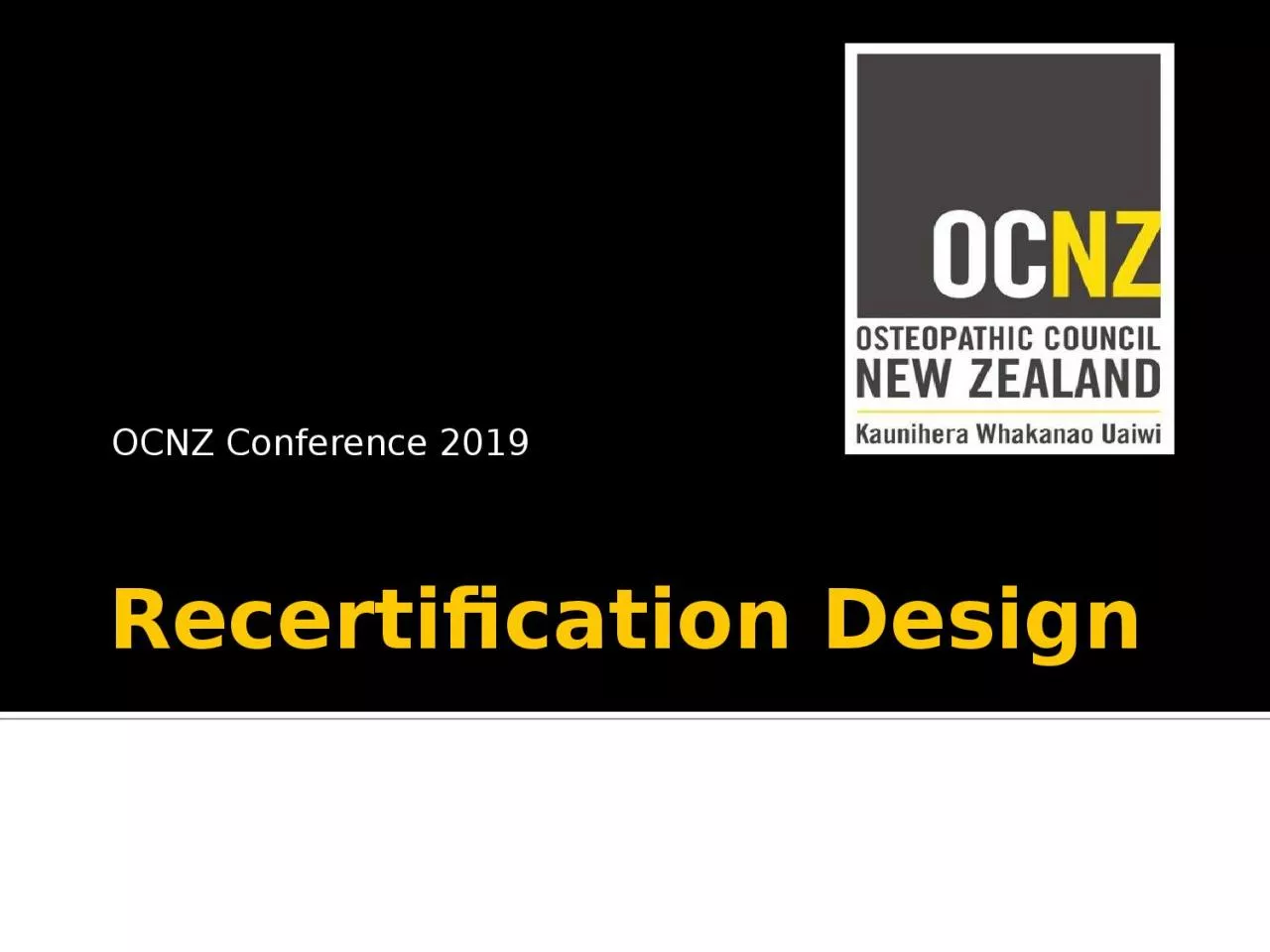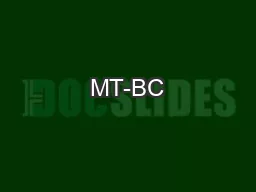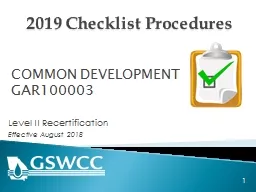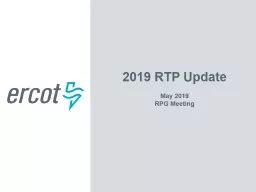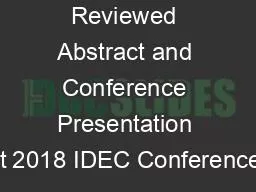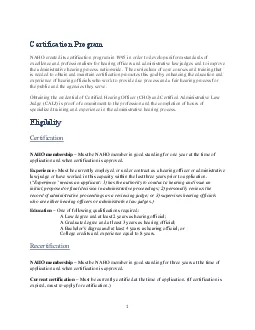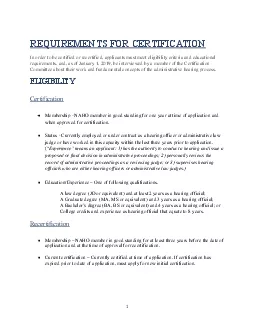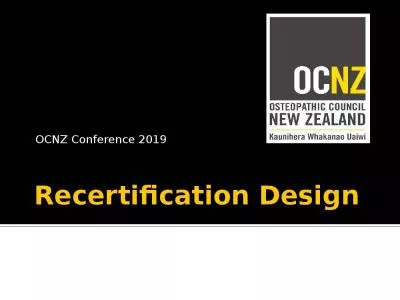PPT-Recertification Design OCNZ Conference 2019
Author : jacey | Published Date : 2023-07-22
Aims To consider what is already being done in the realm of Quality Assurance in practice To gather your views on what a recertification scheme could look like Aims
Presentation Embed Code
Download Presentation
Download Presentation The PPT/PDF document "Recertification Design OCNZ Conference 2..." is the property of its rightful owner. Permission is granted to download and print the materials on this website for personal, non-commercial use only, and to display it on your personal computer provided you do not modify the materials and that you retain all copyright notices contained in the materials. By downloading content from our website, you accept the terms of this agreement.
Recertification Design OCNZ Conference 2019: Transcript
Download Rules Of Document
"Recertification Design OCNZ Conference 2019"The content belongs to its owner. You may download and print it for personal use, without modification, and keep all copyright notices. By downloading, you agree to these terms.
Related Documents

